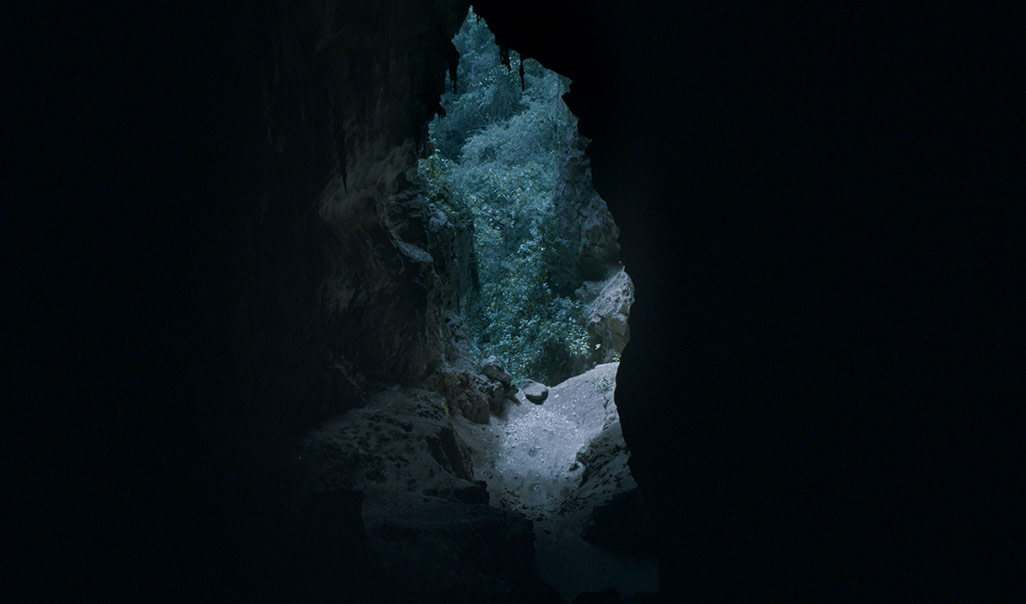Home
›
Public programmes
› Activities
›
The Night before The Night of the Museums
Activities
›
The Night before The Night of the Museums
The Night before The Night of the Museums
The Night before The Night of the Museums is an event that will close the exhibition Allora & Calzadilla. Presented on the evening before The Night of the Museums, it will emphasise the idea of nocturnality with the screening of the film The Night We Became People Again, 2017, by the artists Jennifer Allora (USA, 1974) and Guillermo Calzadilla (Cuba, 1971). After the event, drinks will be served on the terrace of the Fundació Antoni Tàpies.

PROGRAMME
–18.00 h: Presentation of the results of the workshop Viaggio in sala (Dramatis personae), by Fèlix Pons and the mediators of the project Hyperlink. Laboratori of Mediations.
–19.30 h: Visit/presentation of the exhibition Allora & Calzadilla, by Sara Nadal-Melsió, co-curator of the exhibition.
–20.00 h: Trumpet soloist Mireia Farrés interprets the score by Joan Magrané for the work Wake Up, 2007, by Allora & Calzadilla.
–20.30 h: Pianist Adrià Bravo will interpret Stop, Repair, Prepare: Variations on “Ode to Joy” for a Prepared Piano, 2009, by Allora & Calzadilla.
–21.00 h: Screening of the film The Night We Became People Again, 2017, by Allora & Calzadilla*.
–21.15 h: Around Puerto Rican Light, round table discussion with Carles Guerra, Sara Nadal-Melsió and Iván de la Nuez.
–22.00 h: Moritz beer on the terrace.
*Allora & Calzadilla
The Night We Became People Again
2017
Digital HD Video, colour, sound
15:00 min
The Night We Became People Again blurs the boundaries between the prehistoric narrative of a Taino origin myth, an abandoned petro-chemical plant and the short story by Puerto Rican novelist and renowned Marxist José Luis González, ‘La noche que volvimos a ser gente’ (The Night We Became People Again). An off-camera voice emulates the sounds of an alternating-current electrical current by using it as compositional direction. Thus, the voice becomes a singular musical agent that sutures together a disjunctive flow of narratives. The text the voice sings, no longer tethered to semantic meaning, is now transformed into an affective sonorous collage.
Through highly formalised camera takes, the shape-shifting imagery of the film conjures a hallucinatory state. The off-camera voice streams over the images, in an excessive outpouring of sonic energy, and enacts a ritual-like itinerary through the night. It thus functions like a vocal transformer that, rather than moving electrical currents, is engaged in a circuitry of social, cultural and political processes. The voice’s meditative hum participates in and intersects the flow of migrations, profit accumulations, transnational cultural identifications, indigenous cosmologies, colonial fantasies and aggressions, geophysical systems, failed economic policies, debt and blackouts.
Dates
18.05.2018
Time
18:00 h.
Duration
4 h.
Price
Free admission.
Limited places.







